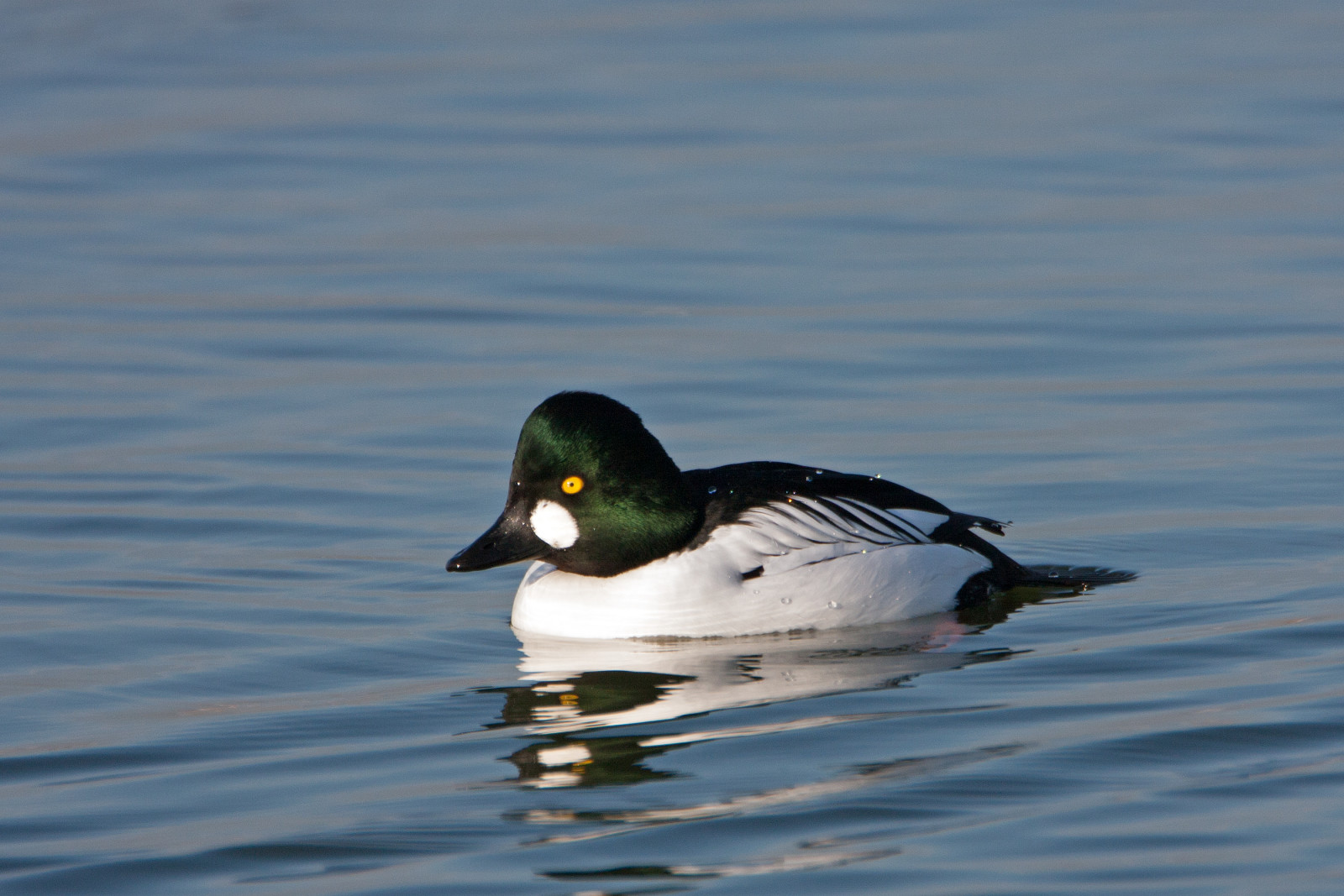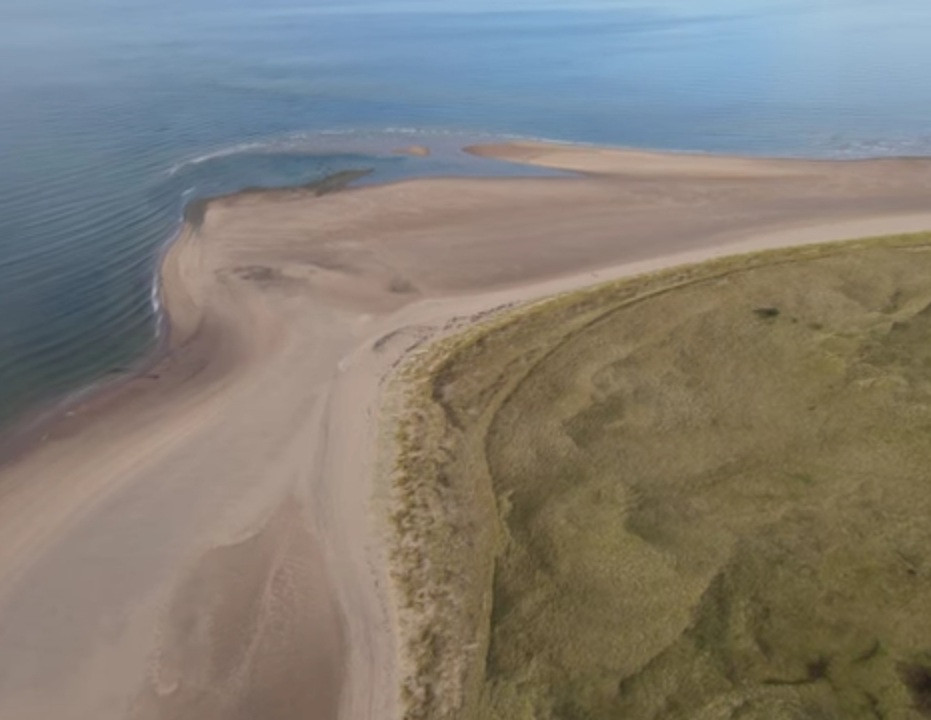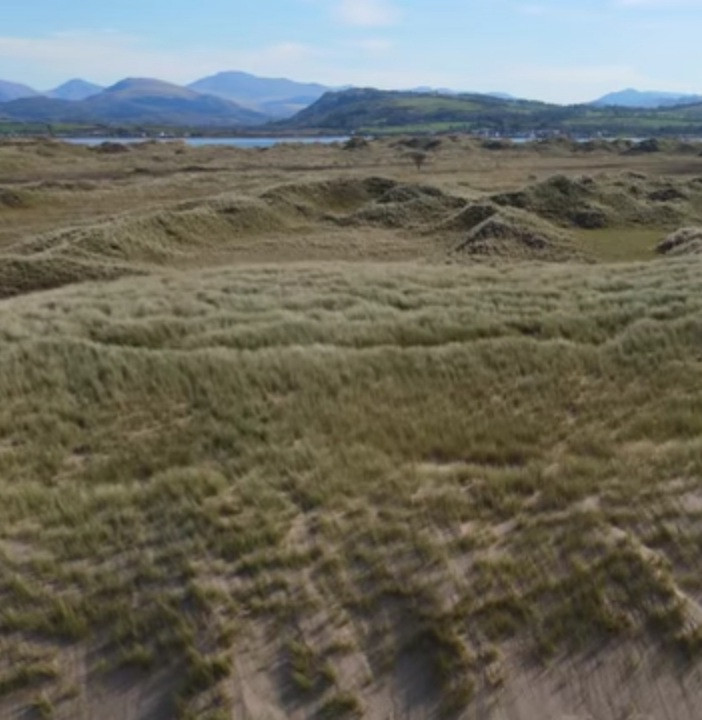Opis
From village of Drigg access to Drigg Dunes nature reserve where Ravenglass gullery was home to breeding śmieszka, now much diminished. Recreational narrowgauge railway from Ravenglass gives views of Mitebank saltmarsh and mudflats where winter waders and wildfowl such as kulik wielki, biegus zmienny, gągoł, ohar and świstun congregate.
Eskmeal Dunes nature reserve with breeding kląskawka, kuropatwa, białorzytka, sieweczka obrożna accessible from Newbiggin village. Reserve is closed when firing range active, see website for details .
There are 300 species of wildflower including sea purslane, sea holly, sea lavender, thrift, glasswort and pyramid orchids. Also natterjack toads and otters. Note: No access to beaches at high tide, check tide times first (see the link below).
Szczegóły
Dostęp
Ravenglass is reached from the M6 via J34 on to the A591 and then A590 to Newby Bridge and then Greenodd. Next take the A5092 to Grizebeck, then A595 to Ravenglass. You can park at the railway station. From Carlisle, follow the A595 south from either the A596 (West Cumbria coast road) or the A66 (Penrith). By public transport: North Western Trains serve Ravenglass from Carlisle, Lancaster and Barrow-in-Furness. The Ravenglass and Eskdale railway also serves Ravenglass from Eskdale.
Eskmeals Dunes: The public footpath leading to the reserve entrance can be very muddy and slippery. Please note the reserve is not accessible at high tide. IMPORTANT: If the yellow flag is flying, firing is taking place on the gun range and there is no access to the reserve. Please call 01229 712200 before visiting to check the reserve is open.
Brigg Dunes: You can explore the area on foot from the railway station at Ravenglass. For a description of a walk, see the link below.





